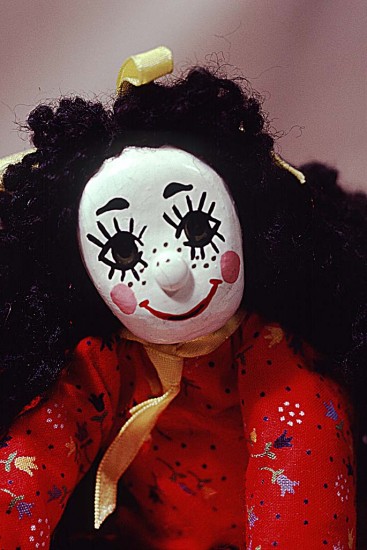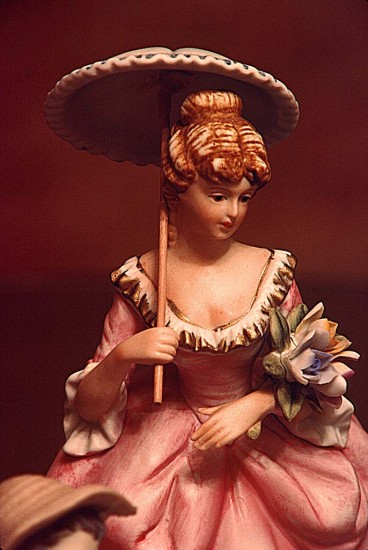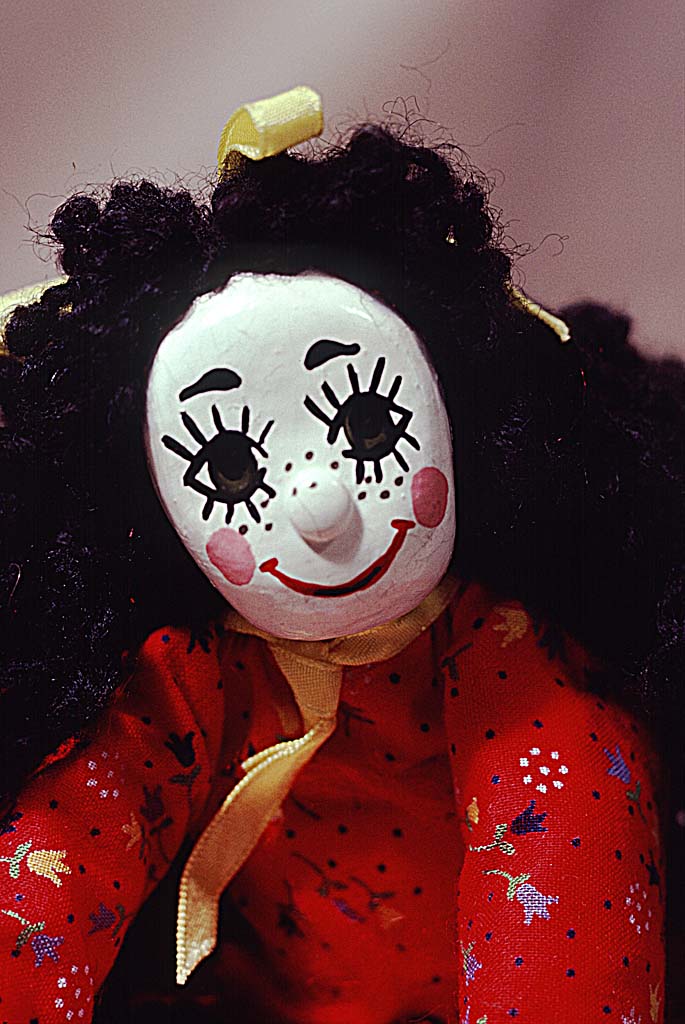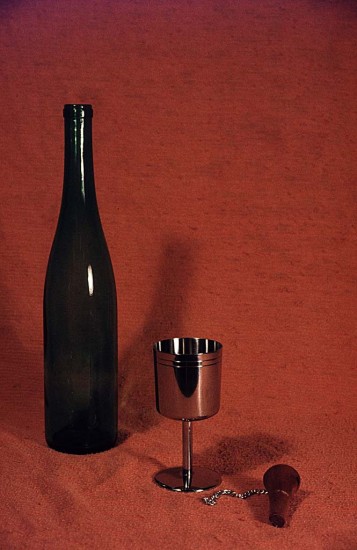With still life photography we have many options, generally with a choice of fixed lighting, electronic flash or artificial lighting, we must take into account also the color temperature of the lighting. We can use slow shutter speeds with a tripod to give more flexibility and sharpness.
In order to get an effective diffused light on the subject, with little or no shadows, a light tent can prove to be excellent. A light tent effectively diffuses all the direct light to produce very even lighting on the subject. A light tent with two or three fluorescent, incandescent or LED lights placed strategically around the light tent can produce very effective results for photographing ornaments or for product photography, all of which come under the still life category. With a light tent set up, shadows can virtually be eliminated.
Most professional still life photographers will use studio type setups. with fixed multiple lights, using fixed lighting or electronic flash light.

Rag doll with tungsten lighting

Ornament using direct lighting with fill flash
Here are some tips to help you with your still life photography:
- Suitable backdrop can be used to reduce background clutter when taking still life. A single sharply focused subject against a plain background will stand out and make a more dynamic image.
- There are many options these days for lighting with still life;
- Electronic flash,
- Multiple electronic flash,
- Fixed LED multiple lights,
- Portable LED light wands and LED light arrays, both portable and fixed on camera,
- Fixed artificial lighting, tungsten of fluorescent,
- Natural daylight,
- Reflectors,
- Use low ISO for sharper images,
- Use slow shutter speeds,
- Use a tripod for sharper images particularly with slower shutter speeds.,
- Macro lenses will be good for still life closeups,
- Take care with depth of field,
- Get the focus correct by ensuring that the lens is focused sharply on the subject.
- A lens hood will protect the front of the lens against knocks and its main reason for use is to prevent stray light from reflecting on the front of the lens causing undesirable flare from the lighting.
- Take images of simple objects. This can be very effective by getting in very close to the subject.
- The photogaphic rule of thirds describes a basic compositional principal where you split the image into 9 segments by using 3 vertical and 3 horizontal lines. Generally the rule is that you place key elements of your scene at one of these areas in a photo. This can apply to points of interest in the scene or any lines such as horizontal or vertical lines in the image.
- Using natural objects, try to create a natural frame around the subject in your photograph. This principal will enhance the scene by creating depth and guiding the viewer through the scene. Use objects in the scene to create a natural frame which leads the eye to the main subject.
- Bright colour in you image will always make your images stand out and will make them the center of attention.
- Use a reflector to reflect light on to the subject. This idea can be very useful for still life to add fill in light to the objects in your photograph.


